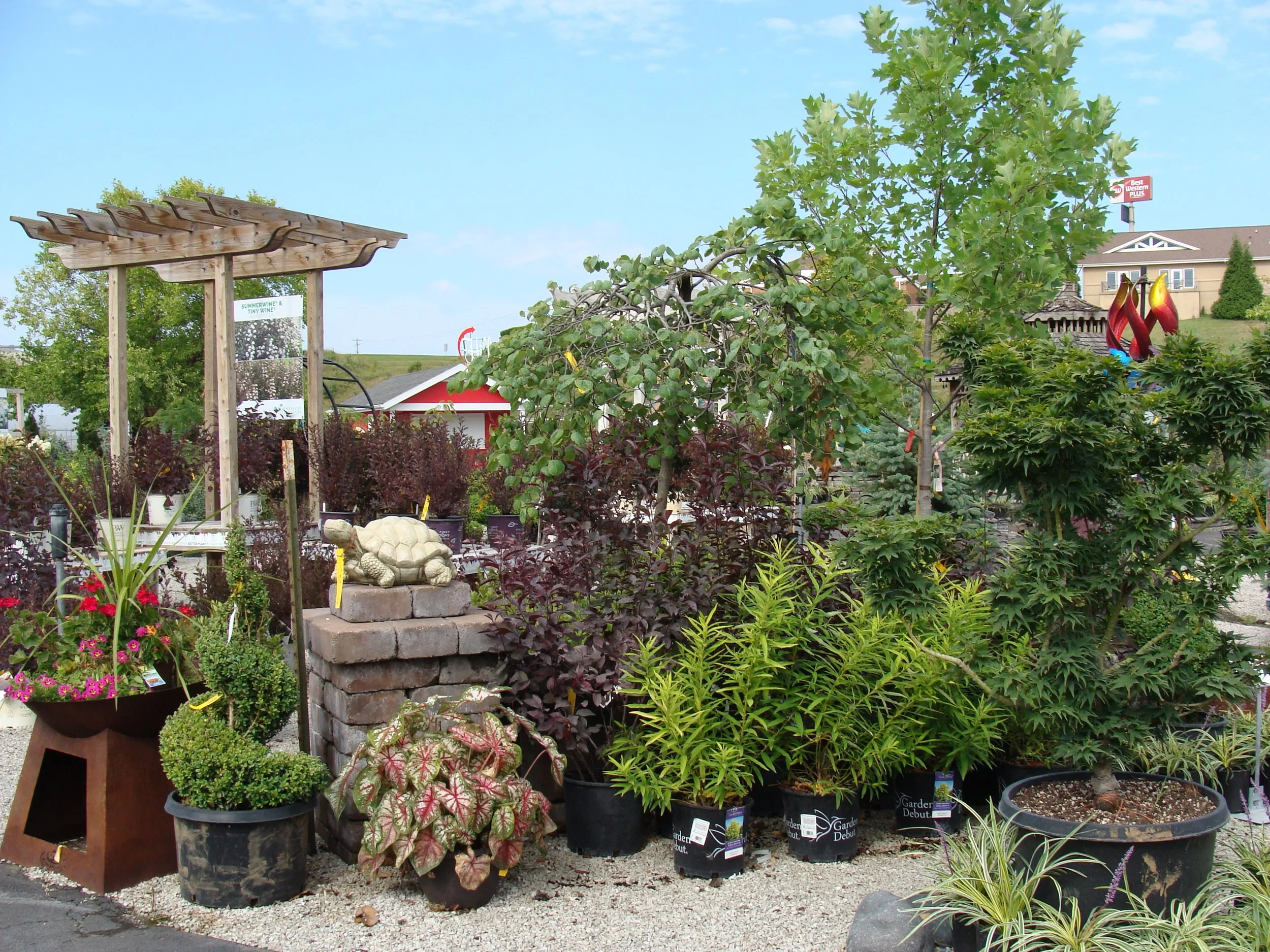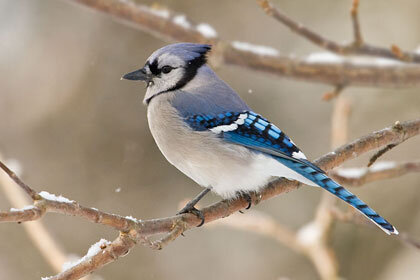Downy Woodpecker
Basics: This bird can be identified by its white back, black nape, and black wings with white spotting. Another amusement on this species is its quick moves up and down the tree trunks. You’ll find Downy Woodpeckers in open woodlands, particularly among deciduous trees, and brushy or weedy edges. They’re also at home in orchards, city parks, backyards and vacant lots.
Housing: Naturally, these birds excavate nest holes in dead tree trunks that are 6-12 inches deep with an entrance hole around 1-1.5 inches wide. The cavity is wider at the bottom and packed with wood chips for nesting. You may be able to get Downy Woodpeckers to use a nest box. A bluebird house that will open from the top or on one side is a good choice. The only difference for the downy woodpeckers is that you need to pack the interior with wood chips, tamp them down firmly, and position the nest box on the edge of a wooded area.
Food: Downy Woodpeckers are the most likely woodpecker species to visit a backyard bird feeder. They prefer suet feeders, but are also fond of black oil sunflower seeds, millet, peanuts, and chunky peanut butter. Occasionally, Downy woodpeckers will drink from oriole and hummingbird feeders as well. You can get pretty close to these birds as they feed, due to their being quite brave. Add a suet feeder and suet to get a close up view of these beauties feeding near your home!
How to attract: Downy Woodpeckers are attracted to places where the foods mentioned above is abundant.
Fact: This is the smallest Woodpecker in North America.
Tip: Downy woodpeckers look very similar to hairy woodpeckers. However, remember that when distinguishing between the two, downy woodpeckers are smaller, with smaller bills.












